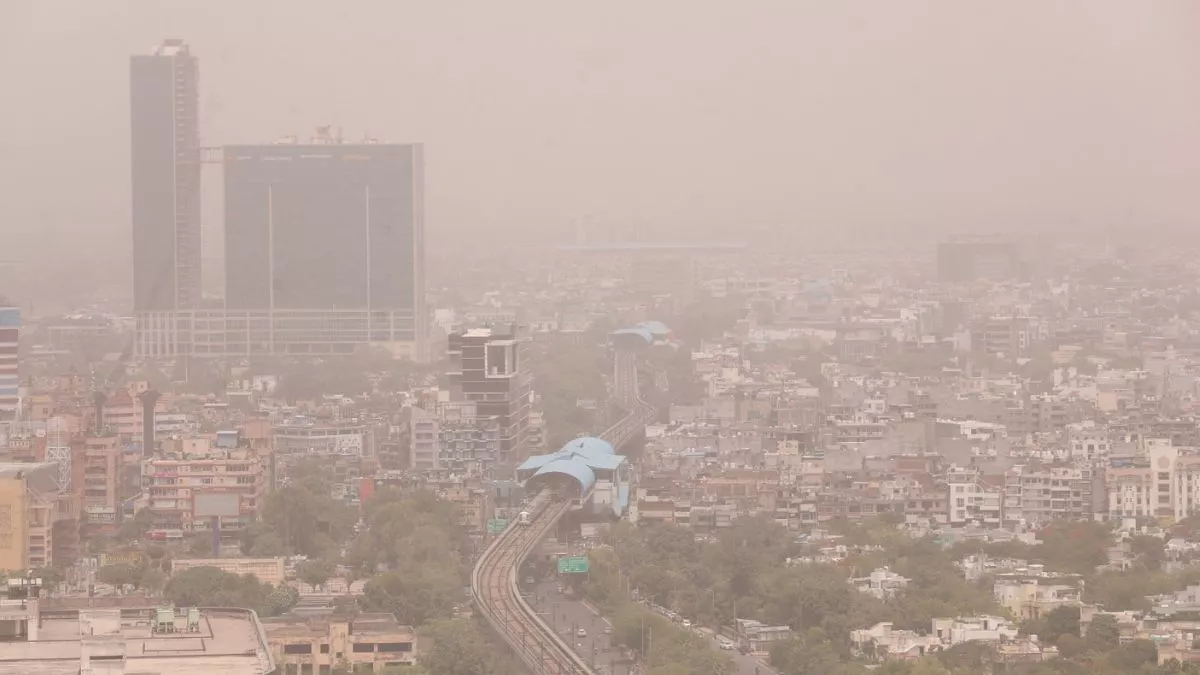The dust storm that raged in the capital from late Wednesday night to Thursday morning has made the air poisonous. A thick layer of dust surrounded the sky since night. In such a situation, the sky looked yellow. Due to the dust storm, the pollution level suddenly increased. Children and the elderly faced the most trouble due to this. At the same time, respiratory patients had to face problems. In the morning, people came out of their houses wearing masks. In such a situation, the Air Quality Index (AQI) reached the medium to poor category on Thursday. AQI was recorded at 292. It recorded an increase of 157 index compared to Wednesday. The Central Pollution Control Board (CPCB) forecasts that the air is likely to reach the medium category on Saturday. This will give relief to people from polluted air.
Gurugram’s air was the most polluted
On Thursday, the wind blew from the north-west direction at a speed of 25 kilometers per hour. On Friday, the wind can blow from the north-west direction at a speed of 15 to 20 kilometers per hour. On Saturday, the wind is expected to blow from the north-west direction at a speed of 20 km per hour. Apart from this, on Sunday the wind can blow from the north-west direction at a speed of 18 km per hour. According to CPCB, the air of Gurugram was the most polluted in NCR. Here the AQI was recorded at 316, which is in the very poor category. At the same time, the lowest AQI was recorded in Greater Noida. Here the index was 246, which is in the medium category. Apart from this, 276 AQI was recorded in Noida and 278 in Ghaziabad.
Dust from Pakistan reached Delhi
According to experts, the strong western wind blowing over Punjab and Haryana brought this dust from Pakistan to the Delhi NCR region. This led to a thick layer of dust in the surrounding areas, which caused a decrease in both pollution and visibility. These dusty winds were blowing since Wednesday night and continued till Thursday morning. According to the Indian Institute of Tropical Meteorology (IITM), the estimated mixing depth on Thursday was 4500 meters. Apart from this, the ventilation index was recorded at 30000 square meters per second.
